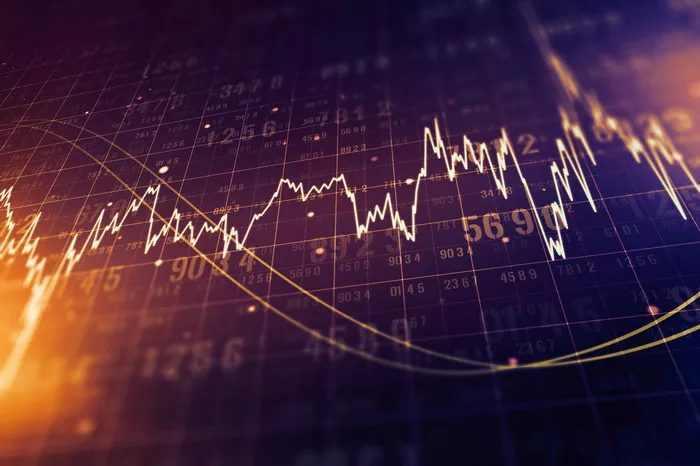Corn futures play a pivotal role in the agricultural commodities market, offering traders and investors a platform to speculate on the future price movements of corn. However, to ensure market stability and prevent excessive price volatility, commodities exchanges impose limits on corn futures contracts. In this article, we delve into the intricacies of the limits on corn futures, exploring their significance, implications for market participants, and the mechanisms governing their implementation.
Defining Limits on Corn Futures
Limits on corn futures refer to predetermined price thresholds set by commodities exchanges to regulate the maximum allowable price fluctuations for corn futures contracts within a specified trading session. These limits are designed to prevent extreme price movements, limit speculative activity, and safeguard market integrity. When corn futures prices reach or exceed the established limits, trading may be temporarily halted, or special trading rules may be implemented to manage the impact on market participants.
Types of Limits on Corn Futures
Price Limits: Price limits specify the maximum allowable price movement for corn futures contracts within a single trading session. These limits are expressed as a fixed price differential from the previous day’s settlement price and are typically set by commodities exchanges based on market conditions and regulatory considerations. Once the price of corn futures reaches the upper or lower price limit, trading may be restricted or halted to prevent further price fluctuations.
Daily Price Fluctuation: Daily price fluctuation limits dictate the maximum price change permitted for corn futures contracts from the previous day’s settlement price. These limits are expressed as a percentage of the contract’s value and are determined by commodities exchanges to maintain orderly trading and mitigate excessive price volatility. If the price of corn futures exceeds the daily price fluctuation limit, trading may be subject to special rules or restrictions.
Significance of Limits on Corn Futures
Limits on corn futures serve several important functions in the commodities market. Firstly, they help maintain market stability by preventing abrupt and excessive price movements that could disrupt trading activity and undermine market confidence. By establishing predefined price thresholds, limits provide traders and investors with a measure of certainty and predictability, reducing the likelihood of panic selling or buying during periods of heightened volatility. Additionally, limits on corn futures promote fair and orderly trading by mitigating the impact of speculative trading strategies and reducing the potential for market manipulation.
Implications for Market Participants
For traders and investors involved in corn futures trading, understanding the implications of limits on corn futures is essential for managing risk and navigating market dynamics effectively. When corn futures prices approach or reach the established limits, trading conditions may become challenging, with reduced liquidity and increased volatility. Traders should be prepared to adjust their trading strategies, exercise caution, and closely monitor market developments to mitigate the impact of price limits on their positions.
Strategies for Dealing with Limits on Corn Futures
Several strategies can be employed to manage the impact of limits on corn futures and mitigate trading risks:
Risk Management: Implementing robust risk management practices, such as setting stop-loss orders and position limits, can help traders limit potential losses and protect capital during periods of market volatility.
Diversification: Diversifying trading portfolios across multiple asset classes and commodities can help spread risk and reduce reliance on any single market or instrument, mitigating the impact of price limits on corn futures.
Monitoring Market Conditions: Staying informed about market news, crop reports, and weather forecasts can provide valuable insights into corn market dynamics and help traders anticipate potential price movements and limit disruptions.
Conclusion
In conclusion, limits on corn futures play a crucial role in regulating price movements, maintaining market stability, and safeguarding the interests of market participants. By establishing predefined price thresholds, commodities exchanges aim to mitigate excessive volatility, promote fair and orderly trading, and enhance market integrity. For traders and investors involved in corn futures trading, understanding the implications of price limits and implementing effective risk management strategies are essential for navigating market dynamics and achieving trading success in the competitive world of commodities trading.

